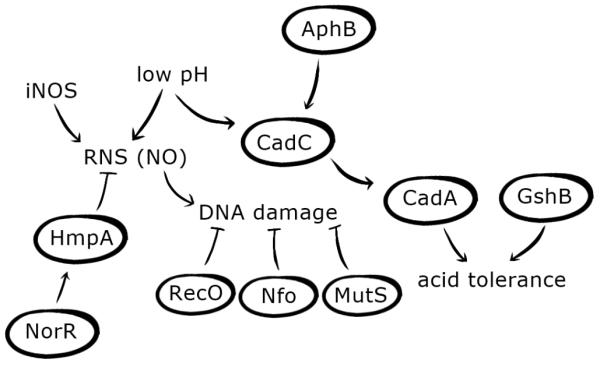Figure 4. V. cholerae adaptation to low pH and radical nitrogen species (RNS).

After ingestion, V. cholerae must adapt to low pH and reactive nitrogen species encountered in the stomach and small intestine. CadC, a ToxR-like transcriptional regulator, mediates the acid tolerance response (ATR) and is known to be activated in response to low pH and by the LysR-type regulator AphB. CadC activates the expression of a lysine decarboxylase, CadA, which is thought to pump H+ ions out of the cell, thus raising internal pH. The glutathione synthetase, GshB, is also known to increase acid tolerance, likely through its regulation of the Kef system, which is responsible for potassium ion transport and plays a role in pH homeostasis. Low pH also contributes to the production of RNS, as acidified nitrite generated in response to low pH can be reduced to RNS. Inducible NO synthase (iNOS) produced by epithelial cells is also used to generate RNS. V. cholerae exposure to RNS can result in DNA damage that may be counteracted through the expression of RecO, a protein involved in daughter strand gap repair, Nfo, an endonuclease involved in base excision repair, and MutS, a DNA mismatch repair protein. Additionally, activation of HmpA, an enzyme responsible for destroying nitric oxide (NO), via the transcriptional regulator NorR contributes to V. cholerae resistance to RNS stress.
